10 Japanese Foods You Can Make at Home
Even though Japanese cuisine has more or less infiltrated most of the major cities worldwide, domestic foodstuffs and condiments still remain mostly inaccessible and rare in most countries. Japanese blogger Madame Riri shares a list of 10 Japanese foods that can be made at home, no matter where that may be!
By SoraNews241. Pseudo-Chinese Noodles
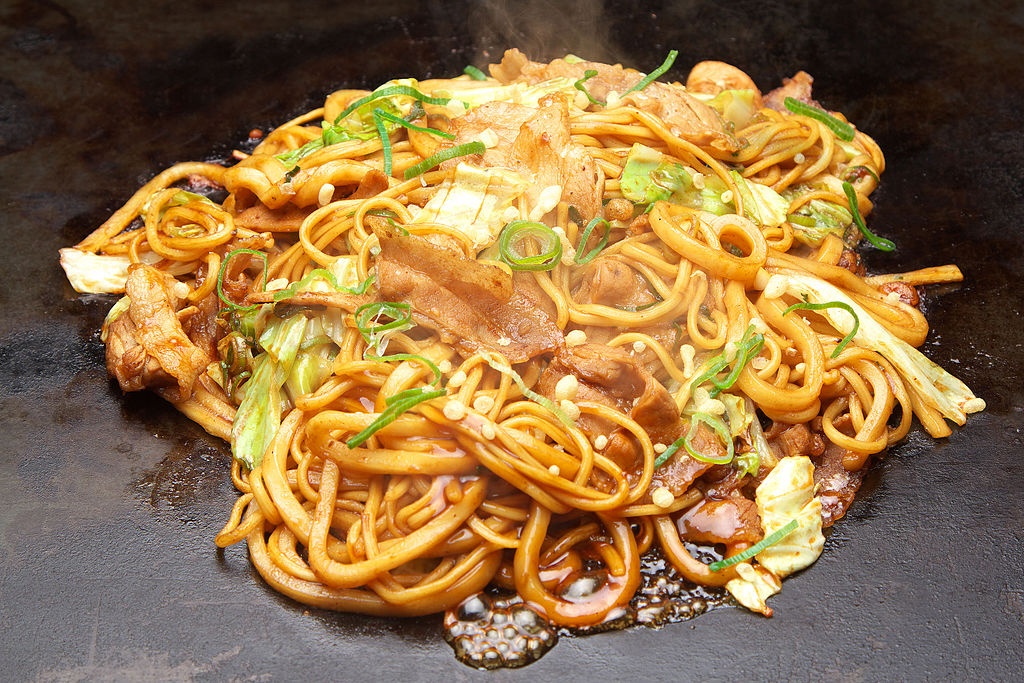
https://commons.wikimedia.org/wiki/Category:Yakisoba
In Japan, yakisoba, or Chinese noodles, can be readily bought at supermarkets for as low as ¥30 (US$0.30) per serving. These versatile noodles are a common sight on the dining tables of Japanese families, be it stir-fried, in soup, or even as hiyashi chuka (chilled Chinese noodles), disputably the most popular Chinese dish among the Japanese. But in many Western countries, the Asian noodles tend to be pricey and sometimes hard to find. But here’s a neat trick that turns the number one “noodle” in the West—spaghetti—into pseudo-Chinese noodles in your very own kitchen!
Simply throw in some sodium bicarbonate, otherwise known as baking soda, together with some salt when boiling the pasta. And that’s all there is to it! The sodium bicarbonate works its magic on the pasta, giving it a texture and taste that is uncannily similar to Chinese noodles. Madame Riri also suggests experimenting with pasta of different thickness to suit the dish; spaghetti for champon and cappellini (angel hair pasta) for ramen.
2. Homemade 'Natto'
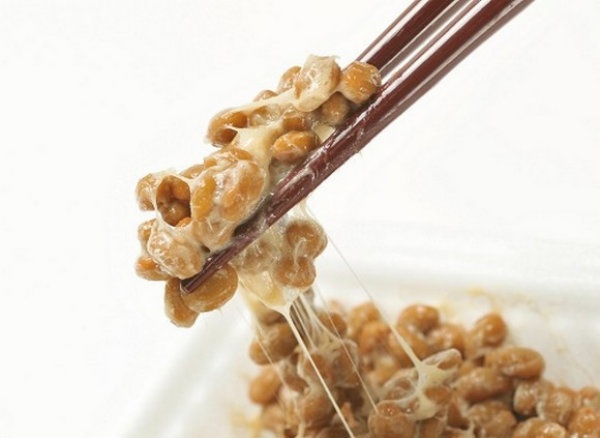
http://getnews.jp/archives/171969
Natto, fermented soybeans, is a traditional Japanese food known for its slimy texture and characteristic smell, which earned it the nickname of “stinky beans” among many non-Japanese people. If you’re able to stand the stink though, this Japanese acquired taste is a healthy source of protein and vitamins, and is said to prevent cancer, lower your chances of heart attacks and enhance health in general. While natto is commonly found in Japan at economical prices, exported batches available overseas are often expensive and less flavorful, having had its strong smell and taste mellowed down to adapt to foreign consumer tastes.
Ultimately, natto is made from soybeans, which are way more accessible than the fermented food itself in most countries. All you have to do is soak the beans in water for half a day or longer, boil or steam the beans for a couple of hours so that they’re thoroughly cooked and soft, then put them in a container for fermentation. Keeping the beans at a temperature of 40 degrees Celsius (104°F) is the key to ensure quality fermentation, which can be a challenge to maintain, but if you have a yogurt maker at home, it will make the process as simple as pouring the cooked beans in and switching the machine on. Soaking and boiling the beans may be slightly time-consuming, but having made homemade natto is definitely an awesome addition to your Facebook profile if you ask us!
3. Sesame Dressing
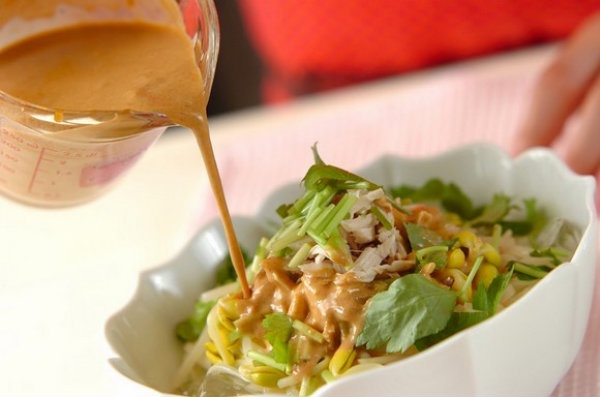
http://erecipe.woman.excite.co.jp/detail/adddf16b5b0a9f59a6aa6183fad24676.html
The all-time favorite Japanese-style dressing within and outside of Japan. Its delicate balance of sweet, sour and savory flavors, slightly milky texture, and the appetizing fragrance of sesame seeds works wonders to invigorate appetites, and is most commonly used on salads (duh!), cold tofu, or as a dipping sauce for cold shabu-shabu.
You might not be able to find it at your local supermarket, and even if you do, it probably costs twice or three times the price it is in Japan. The good news is, as sophisticated as it sounds, you can actually mix up your own sesame dressing with just a couple of simple ingredients. All you need is roasted sesame seeds, mayonnaise and rice vinegar (best to use Japanese variations for these two to achieve authentic flavor), and a pinch of sugar and salt if you prefer. Mix around until you get the right consistency and taste you like, and voila! You’re ready to wow your friends with a Japanese-style dish!
4. Homemade Tofu
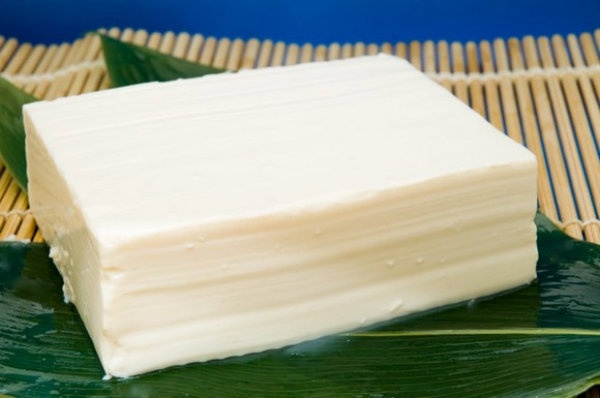
http://ono-blog.com/press-144-1811.html
Tofu (bean curd) is recognized as a healthy ingredient pretty much all over the world. The soybean product is stunningly cheap in most Asian countries, but can be slightly pricey over in the West. Apparently it costs about ¥400 (US$4) in Paris, more than four times its price in Japan. Why pay the hefty price tag when you can make your bean curd out of soy milk?
Apart from soy milk, you will need some nigari (magnesium chloride) to help the soy milk coagulate into a solid form. Be sure to use food-grade magnesium chloride flakes or liquid for this. Detailed instructions can be found on this wonderful recipe!
5. Shiozake
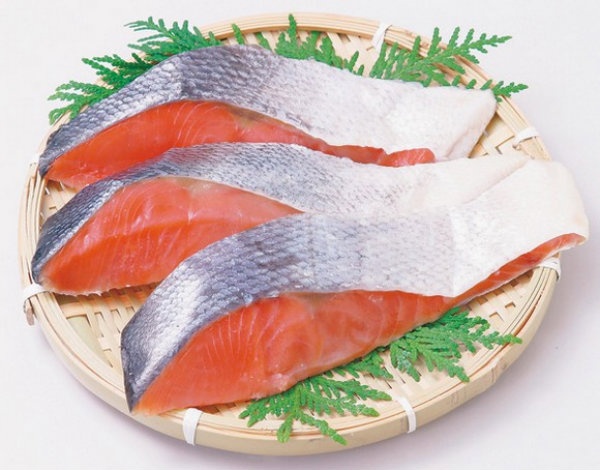
http://www.okaimonogekijo.com/item/1430138/
Unlike smoked salmon, shiozake (salted salmon) can rarely be found in supermarkets outside of Japan. But fresh salmon cuts are commonly sold in supermarkets, especially in the West. Simply by sprinkling salt (amounts of 2 percent the weight of the filet seem to be the perfect ratio) over the fresh salmon and letting it sit in the refrigerator for two days, you’ll have deliciously flavored salted salmon ready for cooking!
Preparing the shiozake is as simple as pan-frying it, or putting it on the grill for a couple of minutes. Enjoy it whole and fresh from the pan, cut up as fillings for a sandwich or sushi, or break it down into flakes as a topping for salads or onigiri (Japanese rice balls)!




